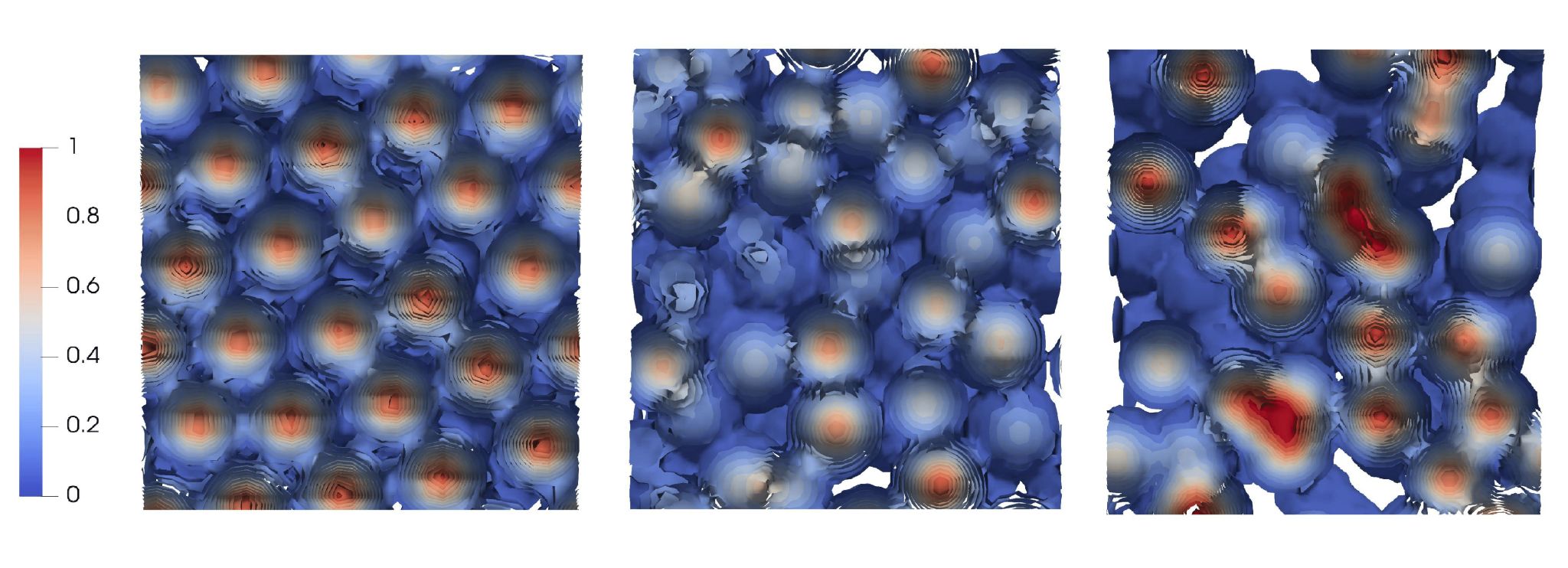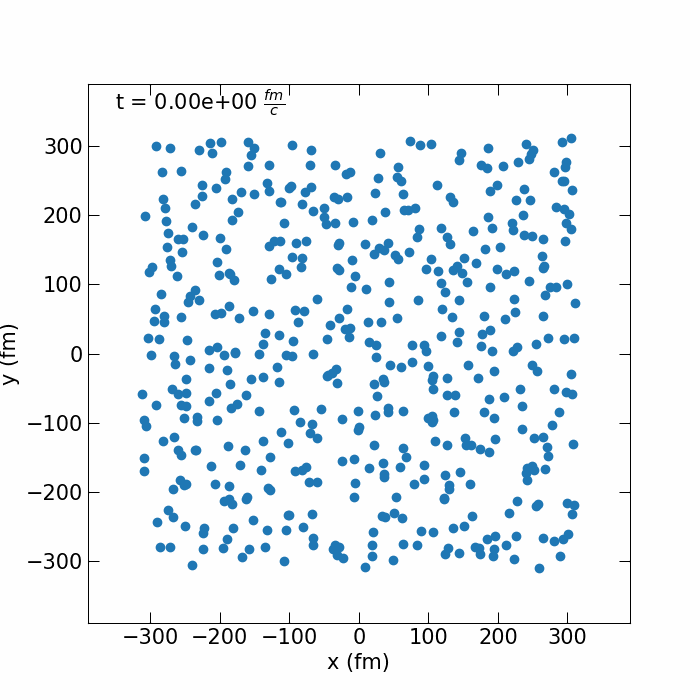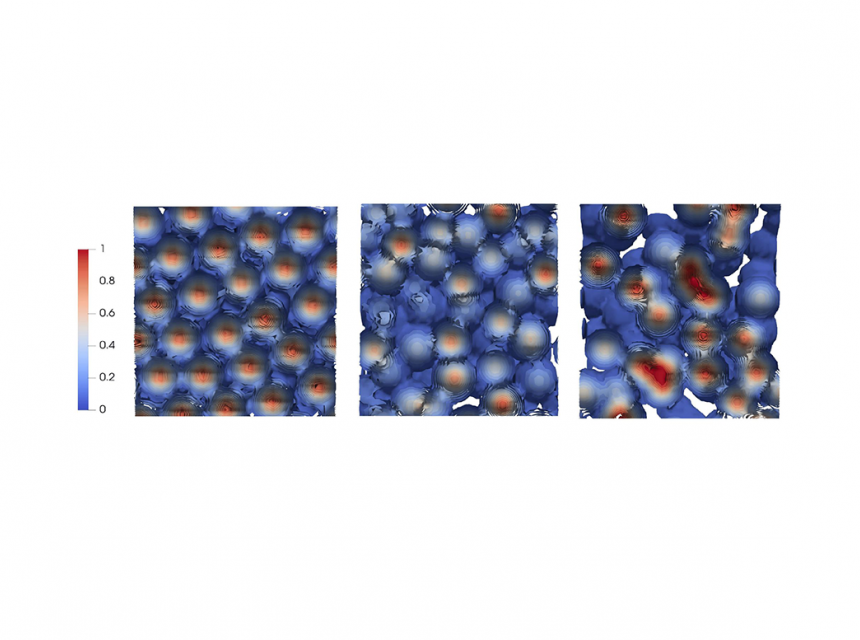M. Ángeles Pérez (USal) — Many-body elastic properties of ultradense matter and Gravitational Waves in isolated and binary coalescence events
Don't miss any Success Story following us on X and LinkedIn!
@RES_HPC RES - Red Española de Supercomputación
Check this Success Story at our LinkedIn: Many-body elastic properties of ultradense matter and Gravitational Waves in isolated and binary coalescence events
💡 A Success Story about extreme conditions in neutron stars💡
📋 "Many-body elastic properties of ultradense matter and Gravitational Waves in isolated and binary coalescence events" led by M. Ángeles Pérez García from Universidad de Salamanca
The properties and behaviour of matter at extreme conditions, such as pulsars and binary neutron star mergers, is still unclear due to the impossibility of reproducing them in terrestrial labs. However, they hold an immense potential to unveil new physics beyond the Standard Model, making HPC simulations essential to tackle them.
These ultradense plasmas can be modelled with finely tuned Molecular Dynamics, with parameters such as pressure, energy density, thermodynamic state (solid, gas, liquid, plasma, etc...) elasticity, cooling and quantum degeneration, creating a precise test-bench for effective theories.
🖥️ Thanks to the joint use of RES supercomputers Turgalium, Finisterrae3, MareNostrum5, Caléndula and Xula, the research team formed by the PI, David Barba González and Conrado Albertus simulated the microscopic dynamics of individual particles in large samples. That allowed to extract realistic, structural and thermodynamical properties of ultradense matter at cold and finite temperatures.
These costly, realistic simulations allowed to study the outer crust of the neutron star to understand other multimessenger emissions such as neutrinos or elastic properties of vibrations capable of generating gravitational waves. They also found how different properties (ion mass/charge, density and temperature) drives the system stable and how phase transitions occur within these parameters.
📸 The image shows the density isosurfaces for a screened Coulomb One Component Plasma of finite-size at the neutron star inner-outer crust boundary. From left to right, there are three plasma phases: solid state, where there is lattice order, liquid state, where order has been lost, and gas state, where great disorder dominates and high/low density regions appear due to ion superposition.
🎥 The GIF on the right shows a time-lapse video with microscopic ion crystal at ultrahigh density, T = 0.15 MeV for ions with charge and mass Z= 38 and A=128, typical of the outer-inner neutron star crust.



